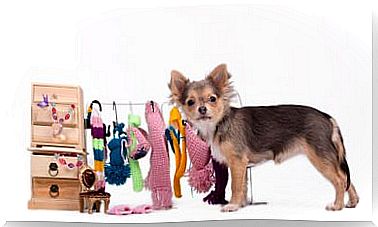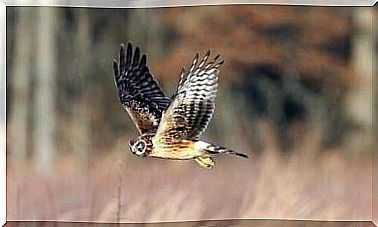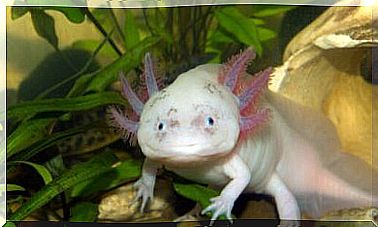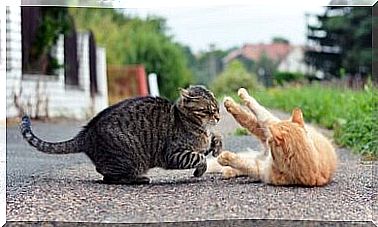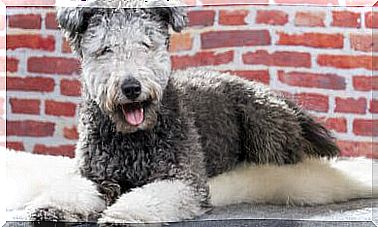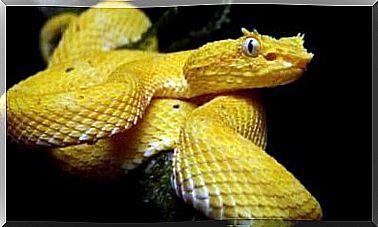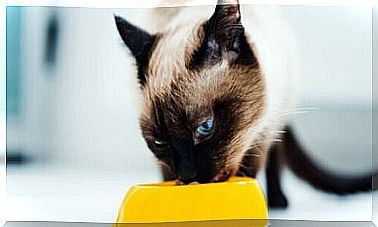The Language Of Cats … What Do They Want To Tell Us?
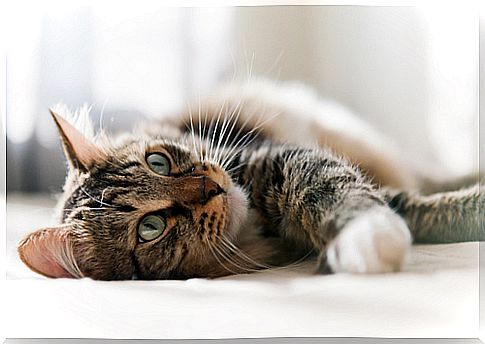
Do you have a cat and you don’t understand its language? Did you know that the tone of his voice, the position of his ears and the movement of his tail can reveal his feelings and intentions? You can learn to interpret these and many other signals. This way you will have an idea of what is going on in your cat’s mind. We will identify some of these clues for understanding cat language.
What do the sounds made by cats tell us?
Screeching and meowing, you can learn a lot from your cat’s vocabulary. Through these sounds they will tell you when it is time to get up, when they are feeling affectionate, threatened or in pain.
Miao, for example, is an expression of multiple use. Your cat may say “meow” as a greeting, to make a request or warn you of something.
Other types of sounds that cats use are screeching and warbling. Screeching is very common among cats who have become mothers, by means of which they indicate to their kittens that they must follow it. If we translate it into our language, the squeal probably means that your cat usually wants you to follow him to his food bowl. If you have more than one cat, you will surely hear them “conversing” in this way.
Purring, for example, is usually a sign of joy. Cats purr when they are happy, even while they are eating. But they can also indicate anxiety or illness. By means of the purr, the cat consoles himself, as when a child sucks his thumb.
Growling, like some dogs, means your cat is upset, angry, aggressive, or scared. In these cases it is always better to leave him alone.
The howl is similar to the meow, but loudly. Cats use this sound to express distress. For example, it may be that he has been trapped in a closet and you use this sound to show you where he is.
The howling is also part of the mating phase, especially in those cats that are not neutered or in cats that are not neutered. It is often very annoying. Finally, if your cat is old and often makes this sound, he may be suffering from cognitive impairment (dementia) and may howl because he is disoriented.
Interpretation of some postures of your cat
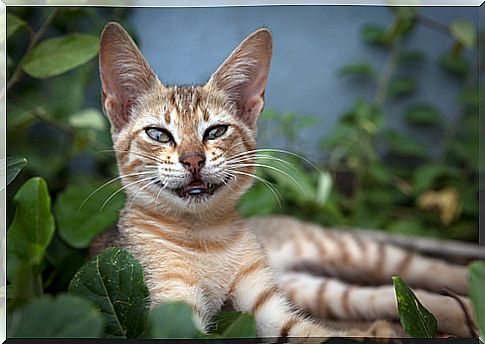
Ears: If your cat puts their ears forward it can mean that they are attentive, interested and happy. But if they’re backward or sideways, they’re likely upset, scared, or angry.
Dilated (large) pupils: nervous or submissive. If they are not very dilated, it means that they are aggressive, on the defensive; if they are fully dilated, maybe he wants to play.
Rub: When your cat rubs her body against yours, she is telling you that she loves you and is marking her territory. You will see that he will do the same also by rubbing himself on the chair, on the doors and everything that happens to him in sight. In a way, what he wants to express with this movement is that everything is in his possession, including yourself.
Kneading: This is usually the name of the movement that cats make with their paws on a soft surface. This movement is a legacy of when they were little, when they massaged the breasts of mother cat to suck more milk. If your cat does this, she is probably very happy.
Have you noticed that your cat occasionally sniffs objects or opens his mouth slightly? This means that they are collecting information about the object, as their sense of smell is very sensitive. However, it is unclear what this information is for.
If your cat is irritated and has dilated pupils, he may growl, bite and scratch. If he feels nervous or anxious, his pupils will be dilated, his tail will be low or between his legs and he will seek a hiding place.
In case your cat is angry or aggressive, he will keep his ears pointing back and his pupils will be constricted. The tail can be placed up or down. If you see your pet in this position, remember that cats don’t really want to fight, but this behavior can evolve if one of the two “contenders” doesn’t take a step back.
